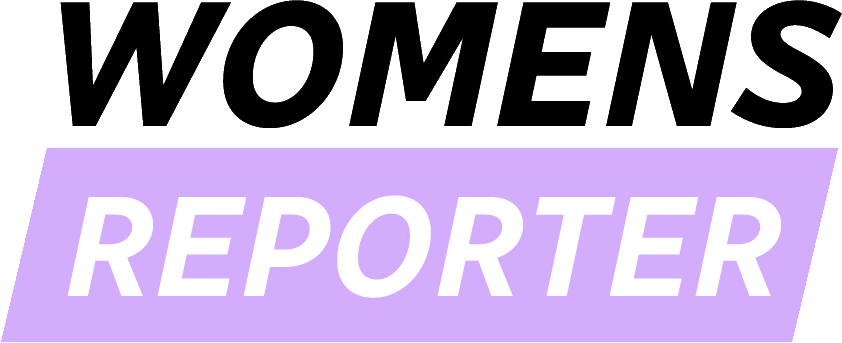By Harper Reeve, Sports Correspondent
As of May 21, 2025, women’s professional soccer in the United States is experiencing an unprecedented surge in popularity and investment, breaking historical attendance and viewership records. This revitalization is redefining women’s sports culture and creating new opportunities for female athletes and fans nationwide.
A New Era for Women’s Soccer
The landscape of women’s soccer in America is undergoing a remarkable transformation. Following the monumental success of the 2024 FIFA Women’s World Cup, hosted across several U.S. cities, the sport has captured the national imagination like never before. The tournament not only broke attendance records but also drew unprecedented television audiences, shining a spotlight on female athletes’ skill and dedication.
Capitalizing on this momentum, the National Women’s Soccer League (NWSL) reported a 40% increase in ticket sales and a 50% boost in streaming viewership in the first half of 2025 compared to the same period last year. This surge reflects a fundamental cultural shift, with women’s soccer moving from a niche sport to a mainstream entertainment staple.
NWSL Commissioner Jessica Berman said, “This is a defining moment for women’s sports. The demand for high-quality women’s soccer is at an all-time high, and we’re just getting started.”
Driving Factors Behind the Surge
Several key elements have contributed to this explosive growth:
Increased Media Coverage
For the first time, major broadcasters including ESPN, NBC Sports, and Fox Sports have committed prime-time slots exclusively to women’s soccer matches. This expanded coverage has amplified visibility and accessibility, attracting a broader audience beyond traditional sports fans.
Sports analyst David Chen remarked, “Television exposure is critical. It builds narratives around players and teams, creates heroes, and makes fans emotionally invested. The increased airtime for women’s soccer is a game-changer.”
Sponsorship Growth
Corporate sponsorships have surged, with household brands like Nike, Adidas, and Coca-Cola increasing their investments in the NWSL and individual athletes. This influx of funding has improved player salaries, enhanced facilities, and enabled innovative fan engagement initiatives.
Nike’s spokesperson said, “We see the tremendous potential and are committed to supporting women’s soccer as it evolves into a dominant sport in the U.S.”
Youth Engagement
Grassroots programs and school partnerships have flourished, fueling the pipeline of future talent. Organizations such as Girls on the Run and the U.S. Soccer Foundation have expanded soccer clinics, making the sport more accessible to girls from diverse backgrounds.
Chicago Red Stars captain Sophia Martinez explained, “Young girls can now envision a professional soccer career as a real possibility. That’s incredibly empowering.”
Voices on the Field
The players themselves have become central to this movement. Their advocacy for equity, representation, and professionalism resonates deeply with fans and young athletes alike.
Sophia Martinez said in a recent interview, “The energy and support we’re seeing now is incredible. When I started, women’s soccer wasn’t taken seriously at this level. Now, girls across the country see a clear path to a pro career—and that changes everything.”
Veteran defender Megan O’Connor added, “We’ve fought for recognition for years. This new wave is validation and motivation to keep pushing the sport forward.”
Economic and Social Impact
The rise of women’s soccer is more than just a sports story; it’s a driver of economic growth and social progress. Local economies hosting NWSL games report increased revenues from tourism, hospitality, and merchandise sales.
A recent report by the Sports Industry Association revealed that women’s soccer contributed an estimated $350 million to U.S. local economies in 2024, with projections to double by 2027.
Socially, the sport promotes inclusion and empowerment. It challenges outdated gender stereotypes and inspires women and girls to pursue athletic excellence, leadership, and teamwork.
Dr. Lisa Kim, a sociologist specializing in gender and sports, noted, “Women’s soccer fosters community and identity. It provides visible role models and breaks down barriers, reinforcing that athletic talent and competitive spirit are not gender-specific.”
Future Outlook
Looking ahead, the NWSL plans to launch several new franchises in cities such as Las Vegas, Raleigh, and Portland by 2026, expanding the league to 16 teams. International collaboration is also increasing, with partnerships forming with European and Asian leagues to exchange talent and best practices.
Sports economist Michael Torres predicts, “The league’s growth trajectory is impressive. We expect women’s soccer to become a key pillar of American sports culture, with rising salaries, broadcast rights, and global fan engagement.”
Efforts to improve youth development, stadium experiences, and digital content will likely sustain and accelerate this upward trend.
Summary: Key Elements Driving Growth
-
Record-breaking attendance and viewership since the 2024 Women’s World Cup
-
40% rise in NWSL ticket sales and 50% growth in streaming viewership in early 2025
-
Expanded media coverage with prime-time broadcast slots
-
Increased investment from major corporate sponsors
-
Enhanced grassroots programs inspiring future players
-
Economic boost to local communities via sports tourism and merchandise
-
Social impact promoting gender equality and female empowerment
-
Plans for new franchises and international partnerships through 2026 and beyond
The surge of women’s professional soccer in America marks a watershed moment for the sport and its fans. It embodies progress, opportunity, and the promise of a more inclusive athletic future.
